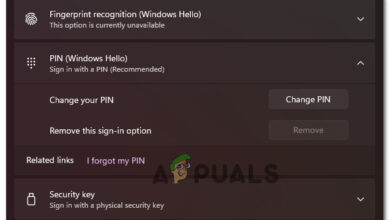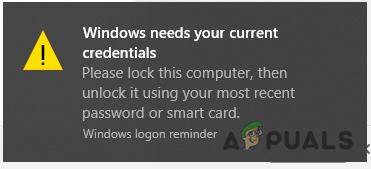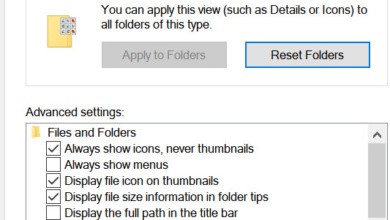How to Disable Start Menu Background Customization in Windows 10?
Windows start menu is one of the most used tables of contents for accessing all the applications. With each Windows version, the start menu has been updated with new features and designs. In Windows 10, users can change the background and accent color of the start menu. They can also customize the size and apps in it. However, if you share a PC with other users and they frequently customize the start menu background without your consent. Then as an administrator, you can completely disable the customization with the methods provided in this article.
We have also included a registry method through which you can modify these settings because the Local Group Policy is not available on Windows 10 Home Editions.

Preventing Changing Start Menu Background
The below methods will help in preventing the users from changing the look of their start menu background, such as its color or accent. If the customization is disabled, then the user will be assigned the default start menu background and will not be allowed to change the settings.
However, if the “Force a specific background and accent color” and “Force a specific Start background” policies are also set on a supported version of Windows, then those two policies will take precedence over this policy.
Method 1: Preventing Customization of Start Menu Background through Local Group Policy
As always Local Group Policy Editor is one of the easiest ways to disable the customization of the start menu background. All the settings already exist in the Group Policy editor, the user just needs to navigate to the settings and enable it.
Note: The Local Group Policy Editor is only available on Windows 10 Enterprise, Windows 10 Pro, and Windows 10 Education editions. If you are using a different Windows 10 version, then skip to Method 2.
If you have Local Group Policy Editor on your system, then follow the below step to prevent users from customizing the start menu background:
- Hold the Windows key and press R to open the Run dialog. Then, type “gpedit.msc” and press Enter to open Local Group Policy editor. You can also search “gpedit.msc” in the Windows search feature to open it.
Note: Choose Yes, when you get to the UAC (User Account Control) prompt.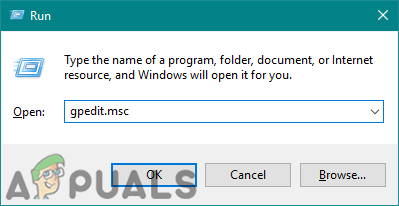
Opening Local Group Policy Editor - Navigate to the following location in the Local Group Policy Editor by using the left pane:
Computer Configuration\ Administrative Templates\ Control Panel\ Personalization
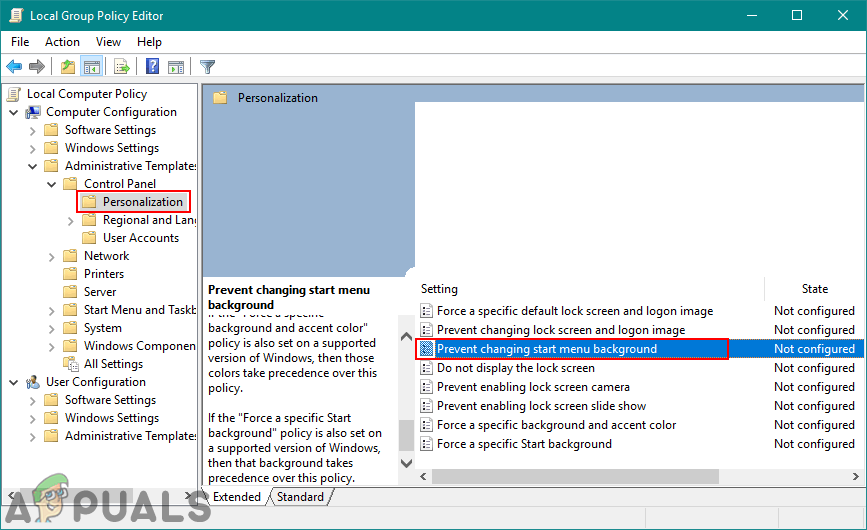
Opening the policy - Double-click on the Prevent changing start menu background policy in the right pane. A new window will appear, here modify the toggle from Not Configured to Enable. Then, click on the Apply/Ok button to save the changes.
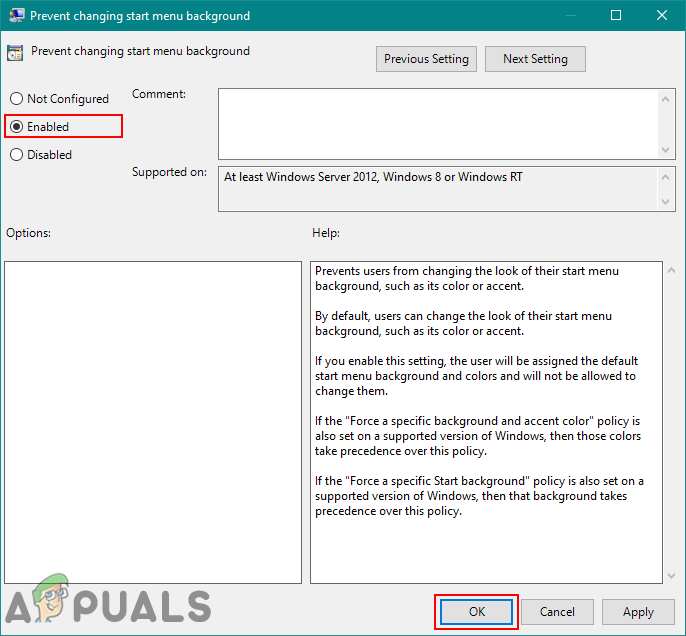
Enabling the policy - This will prevent users from customizing the start menu background.
Method 2: Preventing Customization of Start Menu Background through Registry Editor
Another way to prevent users from customizing the start menu background is through Registry Editor. This method is a bit technical because sometimes the keys/values will be missing for a specific setting. Users need to create and modify them manually in the registry editor. It will do the same job as the above method will do. Follow the below steps to try it out:
- Press the Windows + R keys together to open the Run. Type “regedit” and press Enter to open the Registry Editor. Also, choose Yes for the UAC (User Account Control) prompt.
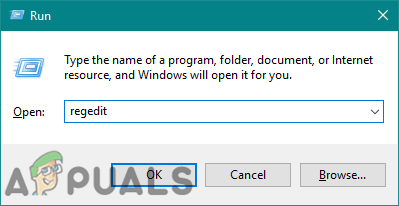
Opening the registry editor - In the Registry Editor window, navigate to the following key in the left pane:
HKEY_LOCAL_MACHINE\SOFTWARE\Policies\Microsoft\Windows\Personalization
- Create a new value named NoChangingStartMenuBackground by clicking anywhere on the right pane and choosing New > DWORD (32-bit) Value. If it already exists under the key, then skip to the next step.
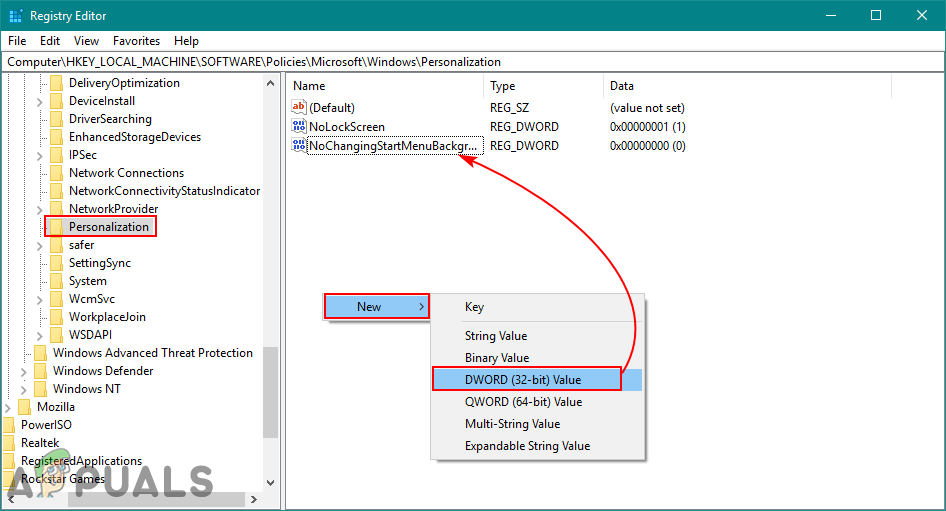
Creating a new value - To change the value data, double-click on the NoChangingStartMenuBackground value and then set the value data to “1“. Click the OK button to save the changes.

Changing the value data - Lastly, after all the modifications have been made, you need to restart your computer and let the changes take effect.


